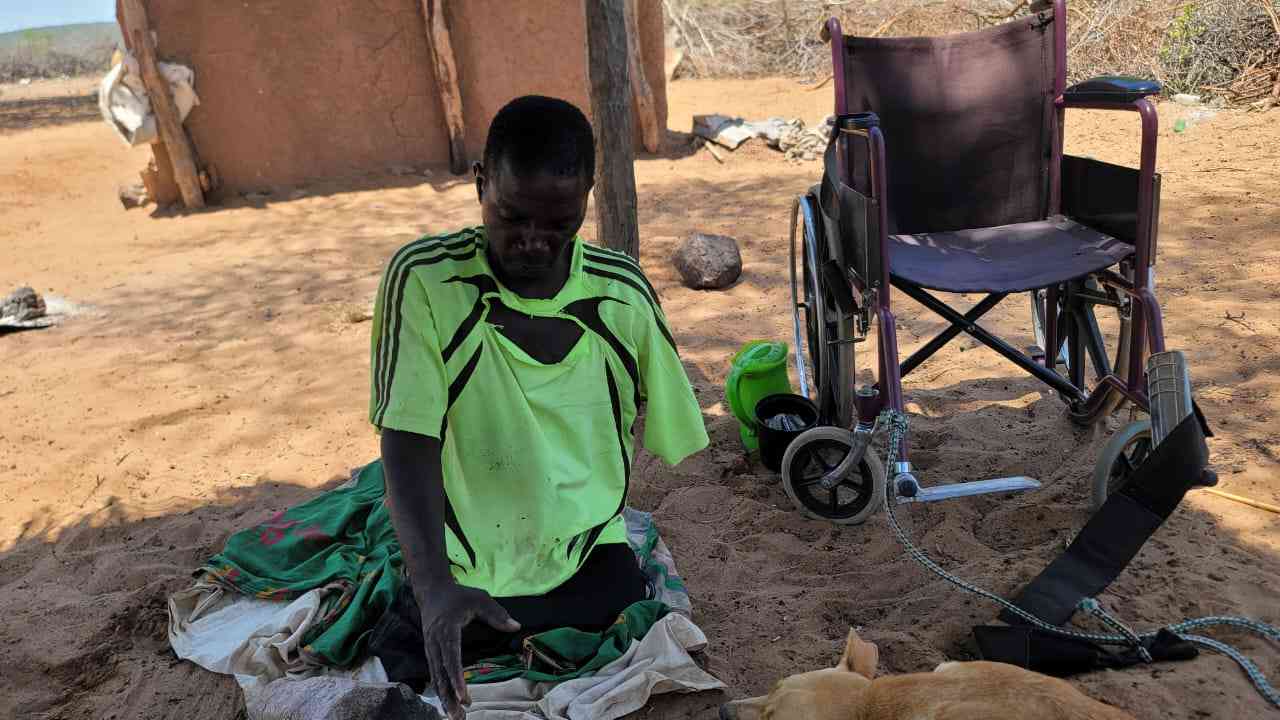
THE United Nations is crafting an Anticipatory Action (AA) plan to assist Zimbabwe in mitigating the negative impacts of El Niño, an extreme dry spell and significantly reduced rainfall.
The El Niño forecast for 2023-24 is expected to intensify aridity, significantly impacting food and animal production across many areas, including those typically classified as “dry regions”.
According to the Meteorological Services Department (MSD), the El Niño episode is expected to be most strongly felt in the southern parts of Zimbabwe, spanning from west to east.
In its AA plan, the UN Office for the Co-ordination of Humanitarian Affairs (OCHA) said the roadmap was aimed at contributing towards improving water, sanitation and hygiene (WASH) outcomes, reducing the risks of food insecurity among vulnerable communities, preventing negative coping strategies, and reducing loss and damage among drought-affected households.
“Multi-sectoral approach: Partners should prioritise comprehensive, co-targeted interventions whenever feasible to harness synergistic effects.
“The bundled delivery of services, such as combining school feeding with the provision of water services at educational institutions, can yield multiple benefits. It's important to note that these actions extend beyond addressing food security alone,” the strategy document read.
The programme would also offer cash assistance with OCHA indicating that the programme would be systematically evaluated as a response option.
“Humanitarian actors should collaborate to ensure that where market conditions and operational contexts permit, cash becomes the preferred and default form of aid.
- Climate change forces Zim to finally take up irrigation
- MSD forecasts low rainfall, heat this week
- WFP forecasts good harvest, if rains persist
- Zim ill-equipped to avert natural disasters
Keep Reading
“A thorough consideration of cash-based assistance, on equal footing with in-kind aid, should be undertaken to determine the most appropriate response modalities,” OCHA said.
On WASH, OCHA is targeting a total 339 000 people from 16 districts with an anticipated budget of US$9,4 million led by Unicef.
OCHA also expects to assist 171 000 learners from 19 districts on a budget of US$3,7 million.
The AA plan will also emphasise protection through designing interventions in advance, offering an opportunity to elevate the overall quality of programming, with a particular focus on ensuring the centrality of protection concerns.
On food security, OCHA has set a budget of US$6,9 million targeting at least 180 000 people from 10 districts and the project will be implemented by the World Food Programme and Food and Agriculture Organisation.
“Anticipatory actions must also be structured to benefit all communities, including local communities, displaced populations, returnees, and refugees, addressing their unique needs and considering potential barriers related to gender, age, disability, or social affiliations (clan).
“Moreover, proactive measures should be taken to mitigate the risks of violence that droughts could incite, leading to displacement and heightened humanitarian dependency,” OCHA said.
It also said it had set a US$4,7 million budget targeting at least 219 000 people from 16 districts for protection with the United Nations Population Fund.
A total of 9 300 people from 19 districts will be assisted through US$1,1 million programme led by Unicef.










